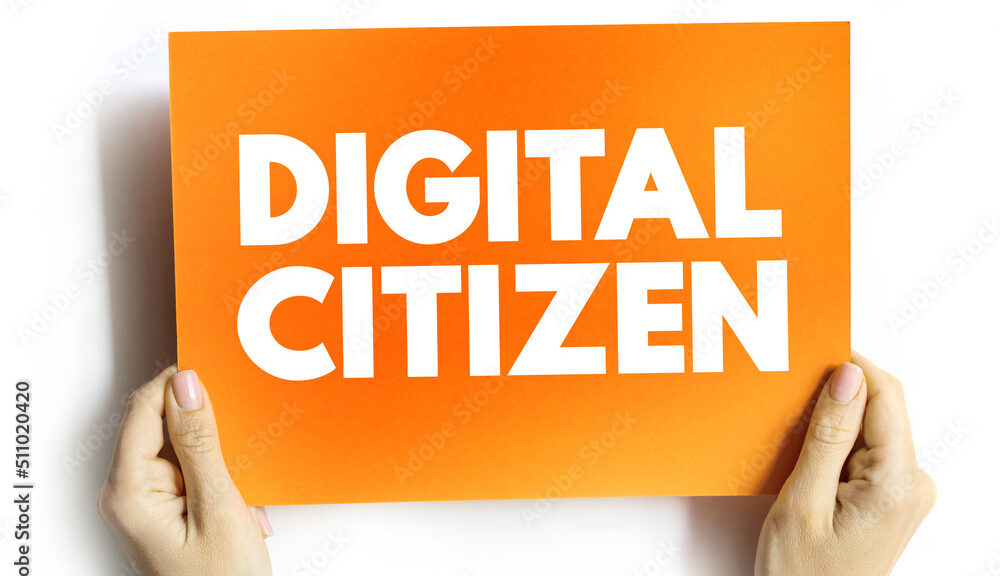
Teaching Tomorrow’s Digital Citizens
Approaching Digital Citizenship in the Classroom (By Standards)
Our world is changing, and education must do the same for the our students. One quote on my blog that reminds me of this states “Don’t limit a child to your own learning, for he was born in another time”. –Rabindranath Tagore.
Digital citizenship is not just about using technology, it’s about using it responsibly. The Saskatchewan government outlines nine key areas of digital citizenship, each can be taught in age-appropriate ways to make sure students develop strong digital habits from an early age.
Teaching the Nine Elements of Digital Citizenship
Saskatchewan Government Teaching Standards:
- Digital Etiquette (Online behavior): Young students can learn about kindness in online interactions (through simple role-playing games). Older students can discuss real world examples of online conflicts and how to respond in a safe way.
- Digital Law (Understanding online responsibility): Elementary students can explore rules about sharing images and content, while older students can learn about plagiarism, copyright, and cyber laws.
- Digital Access (Ensuring technology is available for all): Younger students can discuss why internet access matters, while older students can discuss digital equity issues and solutions.
- Digital Communication (Using technology to exchange information): Students can practice writing kind emails, while older students can explore different modes of digital communication, including blogs and discussion boards.
- Digital Literacy (Knowing how and when to use technology): Early learners can focus on finding reliable sources, while older students can be introduced to media bias, misinformation, and fact-checking.
- Digital Commerce (Buying and selling online): Younger students can discuss online ads and in-game purchases (this is especially important now with our students of young ages playing games like Roblox which need in-app purchases for unlocking new game aspects), while older students can analyze online shopping safety (I am a marketplace shopper so teaching students to spot scams is important).
- Digital Rights & Responsibilities (Online freedoms and expectations): Elementary students can explore responsible sharing, while middle and high school students can talk about digital privacy and freedom of speech- but they should also brush up on what is appropriate to send and share online.
- Digital Safety & Security (Protecting personal information): Young students can learn about strong passwords and online privacy, while older students can discuss cyber threats and data protection (As a kid, I got my mom’s computer hacked because I wanted to get a free Iphone… :().
- Digital Health & Wellness (Balancing screen time and well-being): Early learners can discuss taking breaks from screens, while older students can talk about the mental effects of social media.
Making Digital Citizenship a Priority
Adding digital citizenship into classroom activities is needed. Schools need policies that reflect the worlds of our students. Making all people (students, parents, and teachers) a part of these conversations about the digital world and digital citizenship will help us work as a team to collaborate and keep our students safe online.
Technology has changed the way we learn and interact. Students are no longer limited to physical classrooms, they are part of a whole other online world and identity. Our role as educators is to ensure that they have the skills to safely navigate the digital world. By adding digital citizenship into education, we push students to be responsible and informed members of the online community.
As Dr. Mike Ribble puts it, “Digital Citizenship is more than just a teaching tool, it is a way to prepare students for a society full of technology.”
One thought on “Teaching Tomorrow’s Digital Citizens”
I love that quote! It is so important to remember that the world is constantly changing and we have to keep up with it!